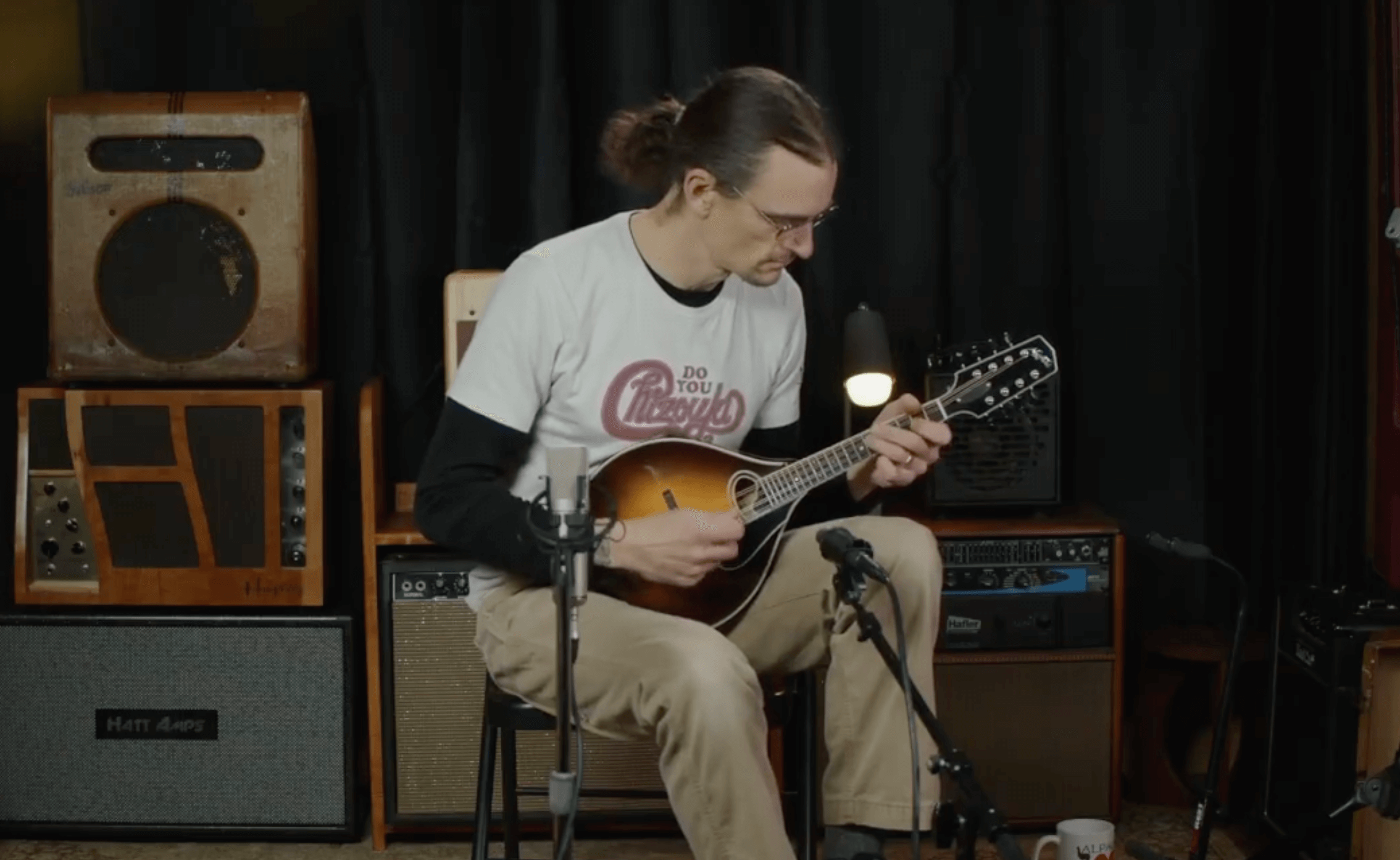Maggini-Copy Violin
Peghead Nation fiddle instructor Chad Manning talks about his copy of a Giovanni Paolo Maggini violin, which was once believed to be authentic.
Violins built in the style of Giovanni Paolo Maggini (1580–1630) are popular with bluegrass and old-time fiddlers, because, compared to standard-size violins, their slightly larger and deeper body tends to produce a lot of volume and a darker sound. Peghead Nation fiddle instructor Chad Manning first came across the violin in this video when it was on consignment as a genuine Maggini at San Francisco, California’s Cremona Violins several years ago. “The folks who were selling it believed it was an authentic Maggini,” Chad says. Although the owners had paperwork documenting appraisals dating back to the 1870s (as Chad shows), and the violin had previously been sold as an authentic Maggini, the store’s owner at the time, Nash Mondragon, was suspicious. He sent the violin to appraisal expert Charles Beare in London, England, to find out for sure, and Beare confirmed Mondragon’s suspicion that the instrument was a copy. (Beare also pointed out that the instrument’s scroll was most likely a Jean-Baptiste Vuillaume scroll.) This meant that the violin wasn’t worth anywhere near the price it may have fetched as an authentic Maggini, and Chad was able to purchase it for a fraction of its original asking price.
“When I first played it, I was in love with the sound of this instrument, but I was warned that it might not hold up,” Chad says. After playing it for a few years, the neck started collapsing, even after he had a new neck-block put in. “It was sad, I played it for a number of years, but as the neck was collapsing, it just kept losing its tone. I tried to have it repaired a couple of times, but it didn’t hold.” Eventually, Clinch Mountain Boys fiddler Dewey Brown suggested that Chad take it to luthier Alfred Michels in North Carolina. “I sent it to him, and he said it was a really challenging fiddle to work on,” Chad says. “He sat on it for a number of months, but he was able to get it to hold pretty well, and it sounds way better than it did after it collapsed.”
To study fiddle with Chad, enroll in one of his fiddle courses now:
- Beginning Bluegrass and Old-Time Fiddle
- Intermediate Bluegrass and Old-Time Fiddle
- Advanced Bluegrass Fiddle
- Western Swing Fiddle
- Theory for Mandolin and Fiddle
Related Vintage Vault Posts
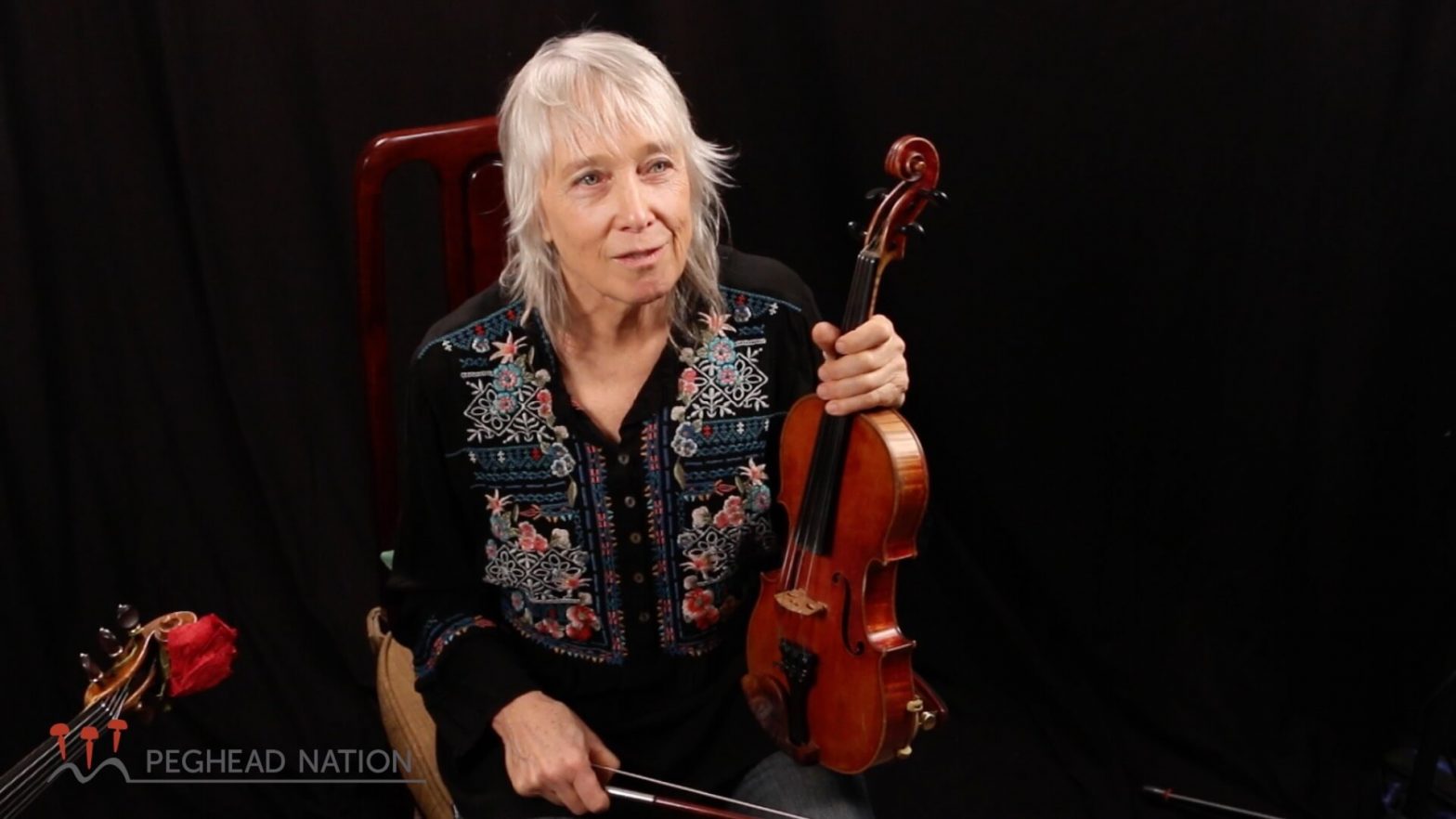 |
1893 Jerome Bonaparte Squier ViolinLaurie Lewis discusses her favorite fiddle. Read More |
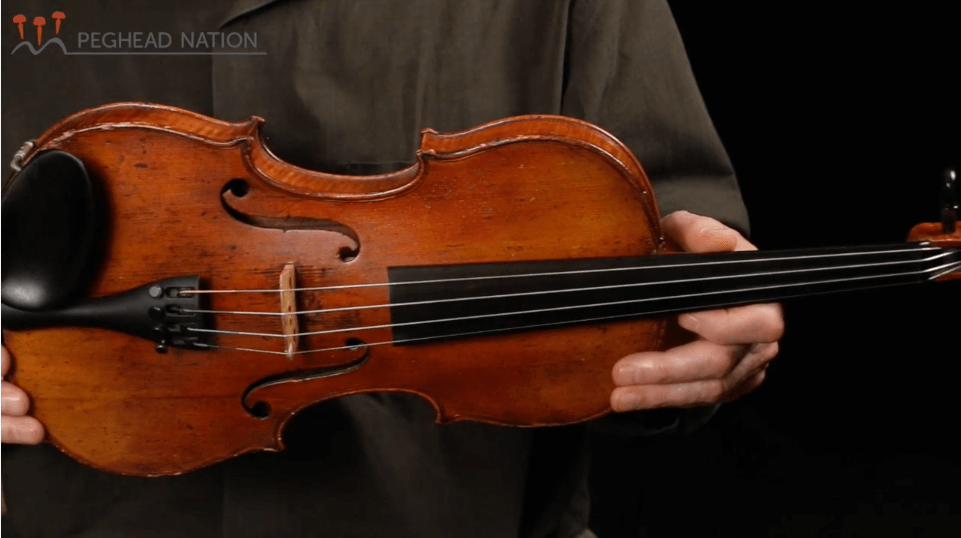 |
19th-Century German FiddlePeghead Nation Irish Fiddle instructor demonstrates his favorite instrument and his Christopher English bow. Read More |
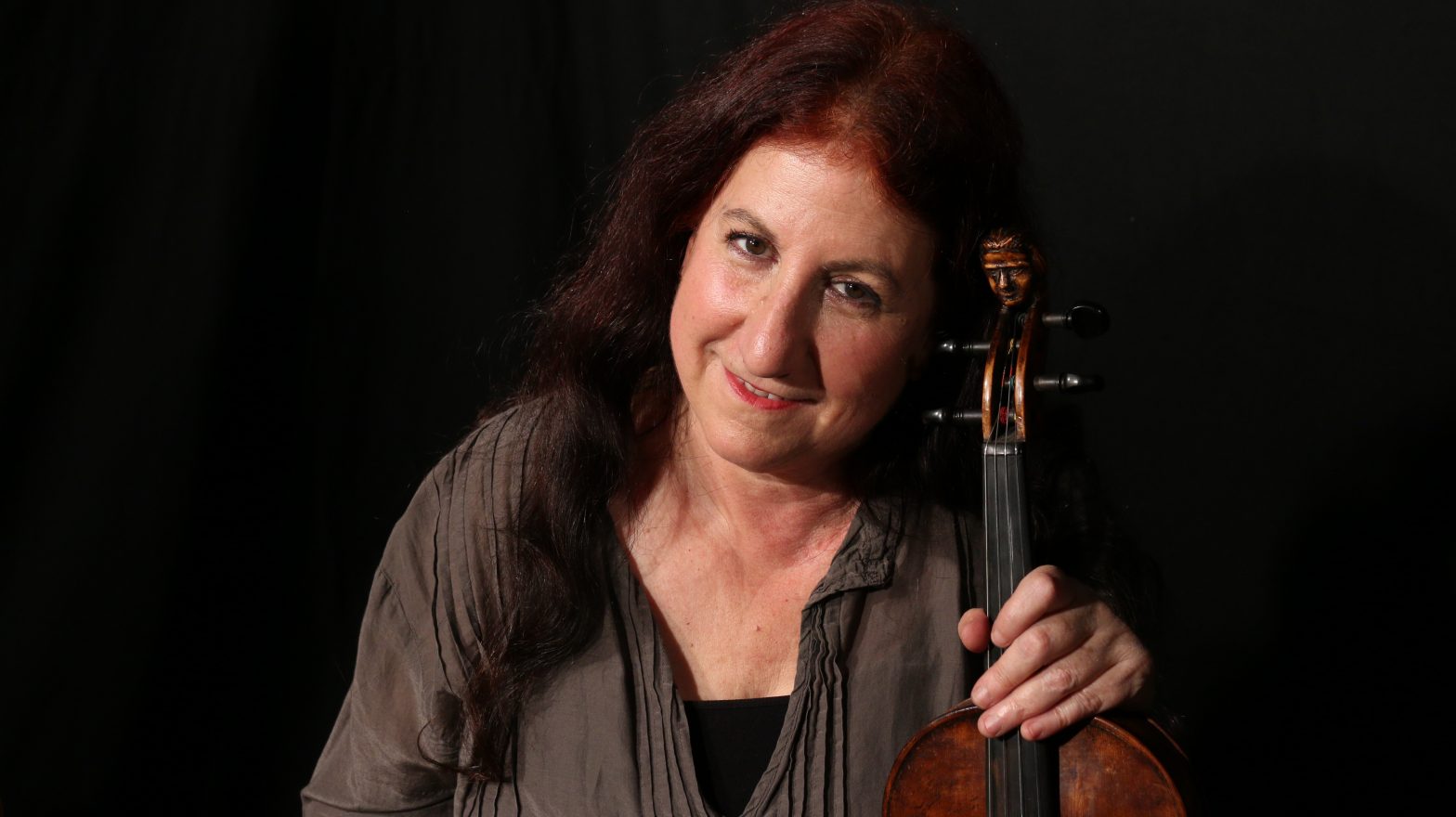 |
Suzy Thompson’s FiddleSuzy Thopson talks about her mid-1800 no-name fiddle Read More |
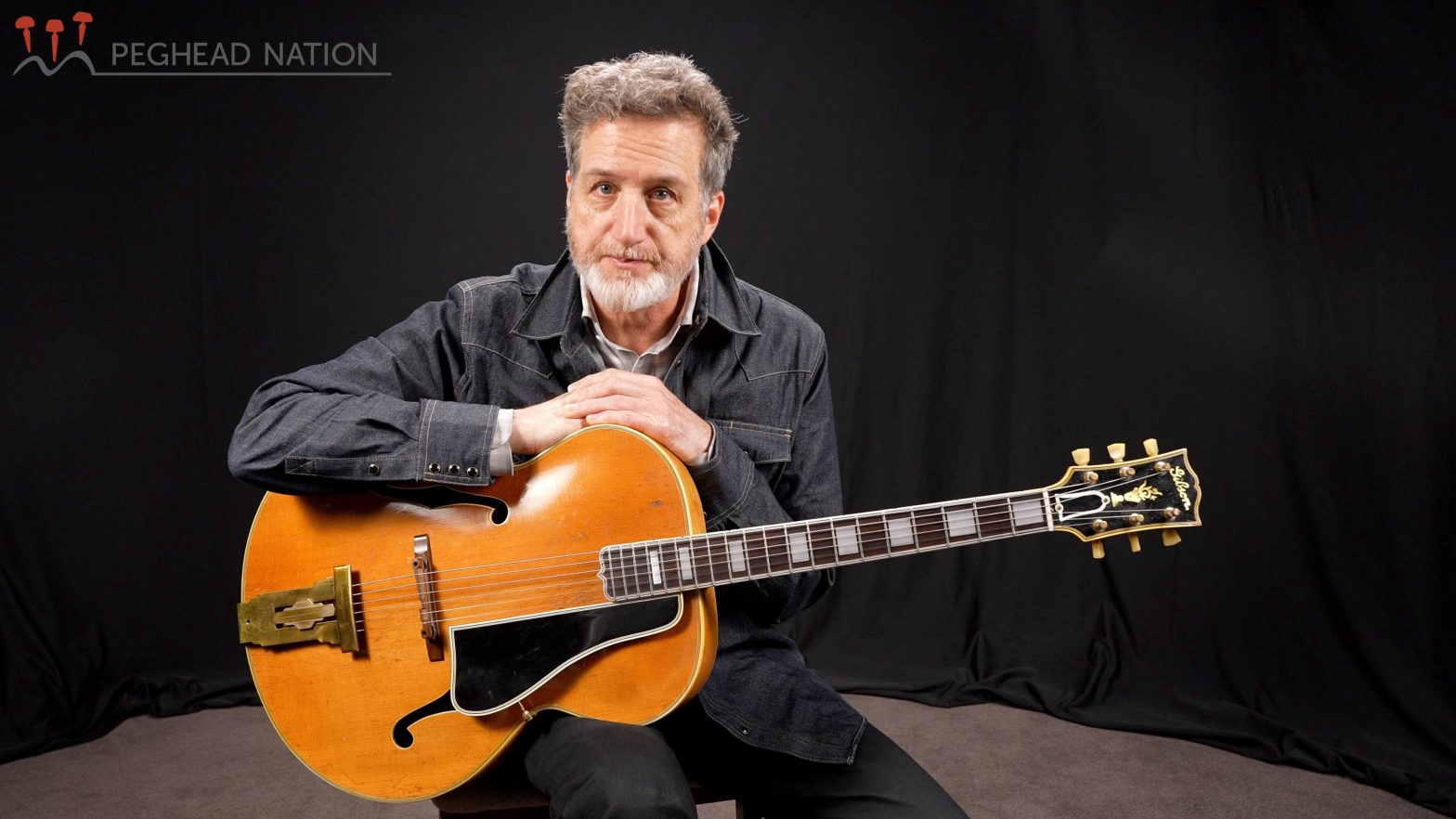 |
1949 Gibson L-5NPeghead Nation instructor Matt Munisteri demonstrates the guitar he uses in his new Western Swing Guitar course. Read More |
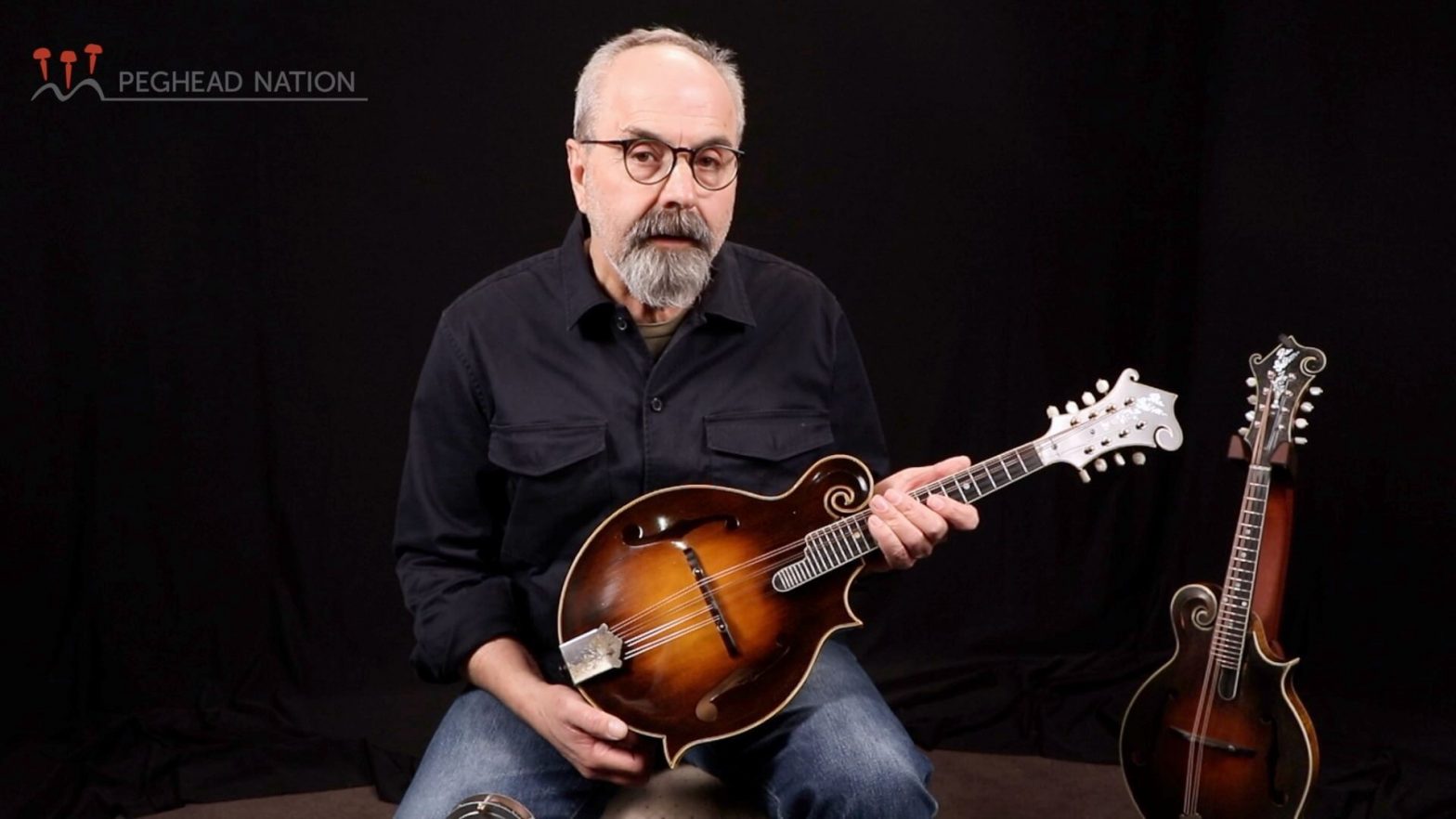 |
1923 Gibson F-5 MandolinJohn Reischman demonstrates a Lloyd Loar-signed F-5 that’s in nearly mint condition. Read More |
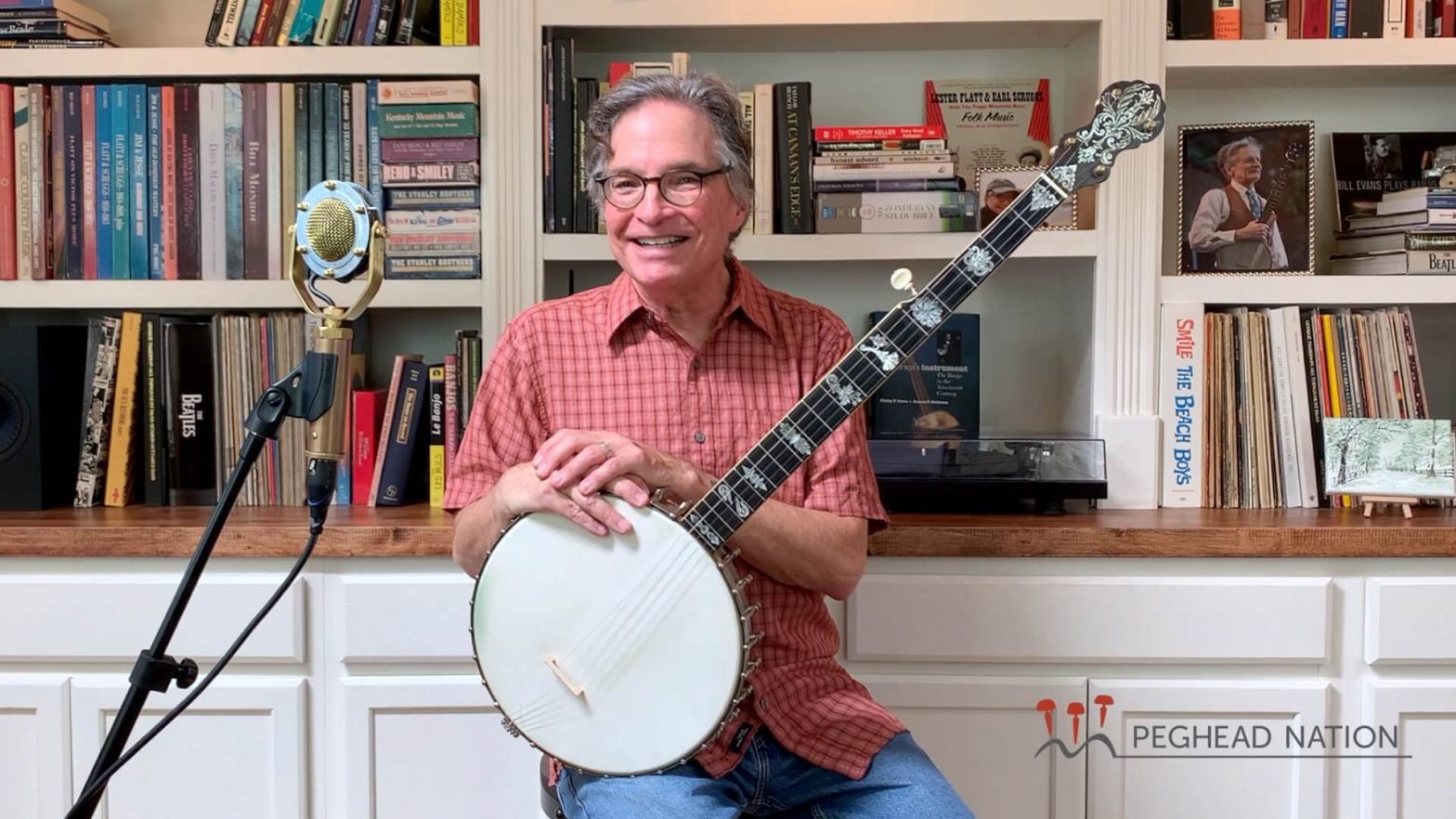 |
1907 Vega Whyte Laydie # 7Peghead Nation instructor Bill Evans demonstrates an iconic vintage banjo. Read More |
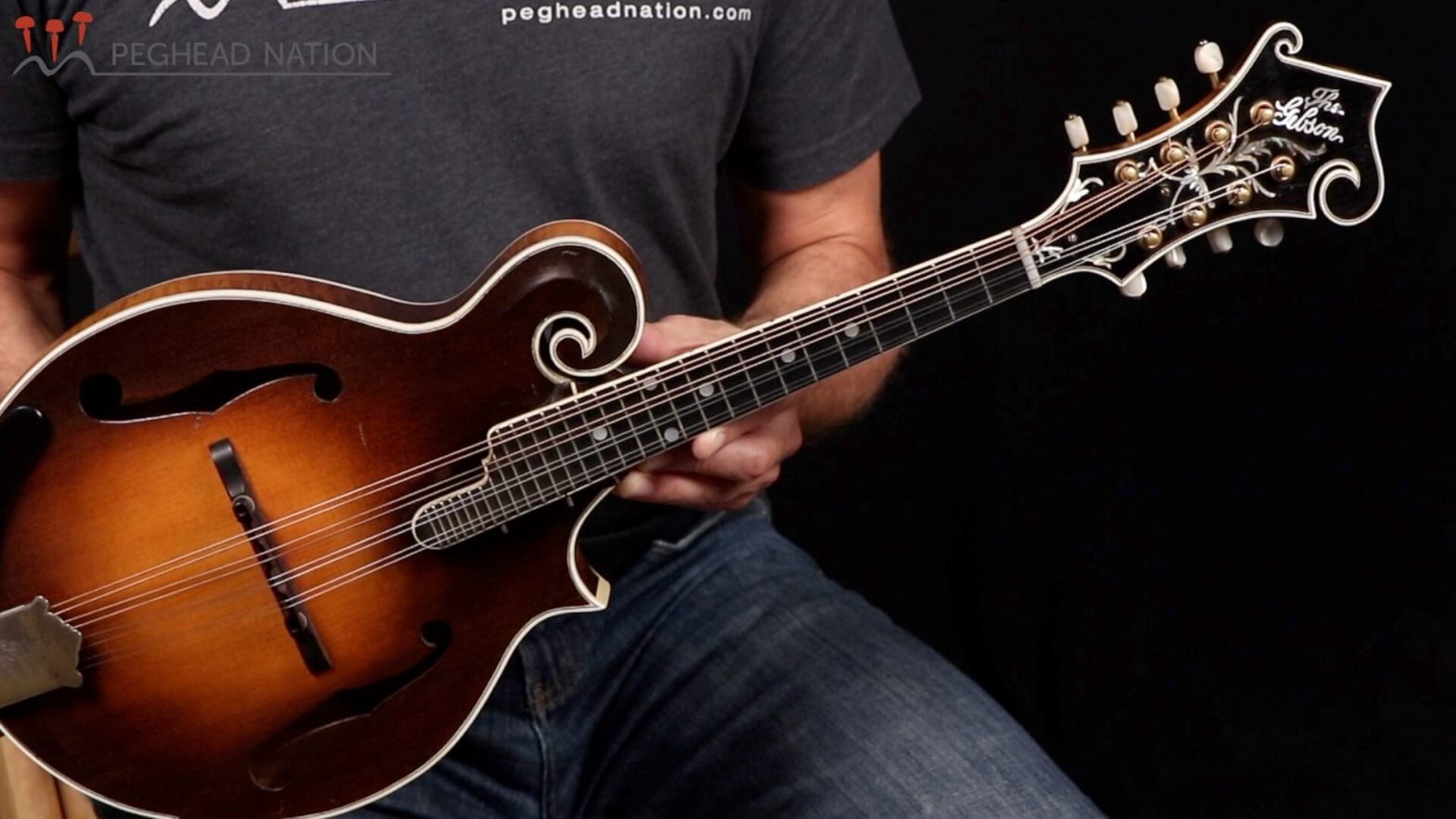 |
1928 Gibson F-5 Master Model “Fern”A beautiful post–Lloyd Loar era F-5 mandolin. Read More |
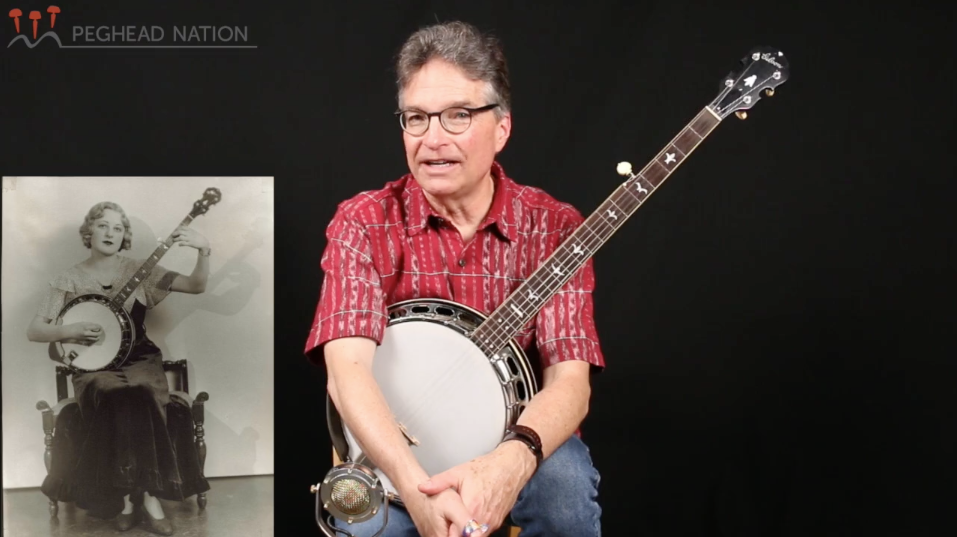 |
1931 Gibson RB-1Bill Evans demonstrates the vintage instrument known as the “Grace Attfield Banjo.” Read More |
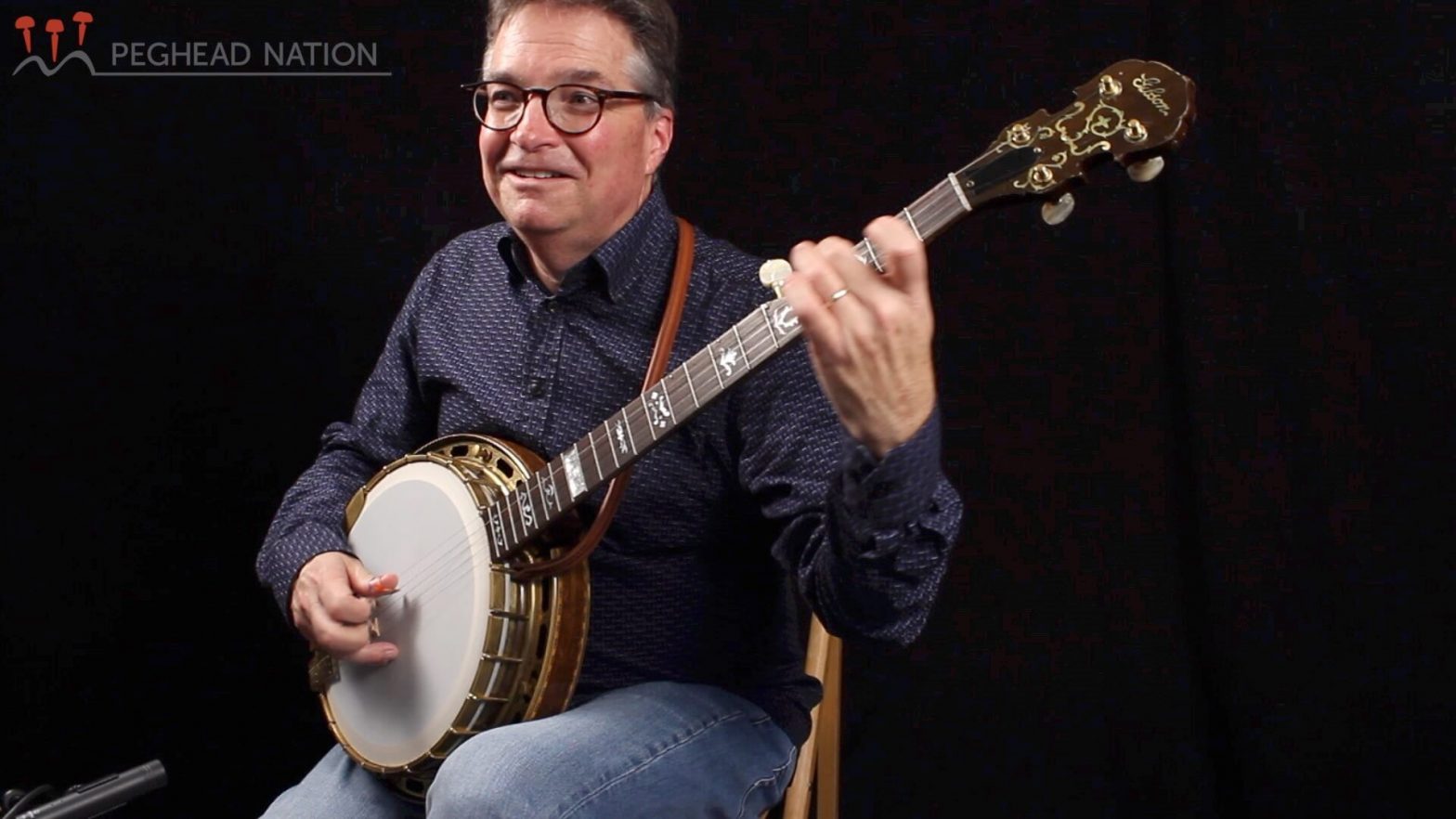 |
1927 Gibson Style 5 DeluxeBill Evans demonstrates a classic Gibson banjo. Read More |
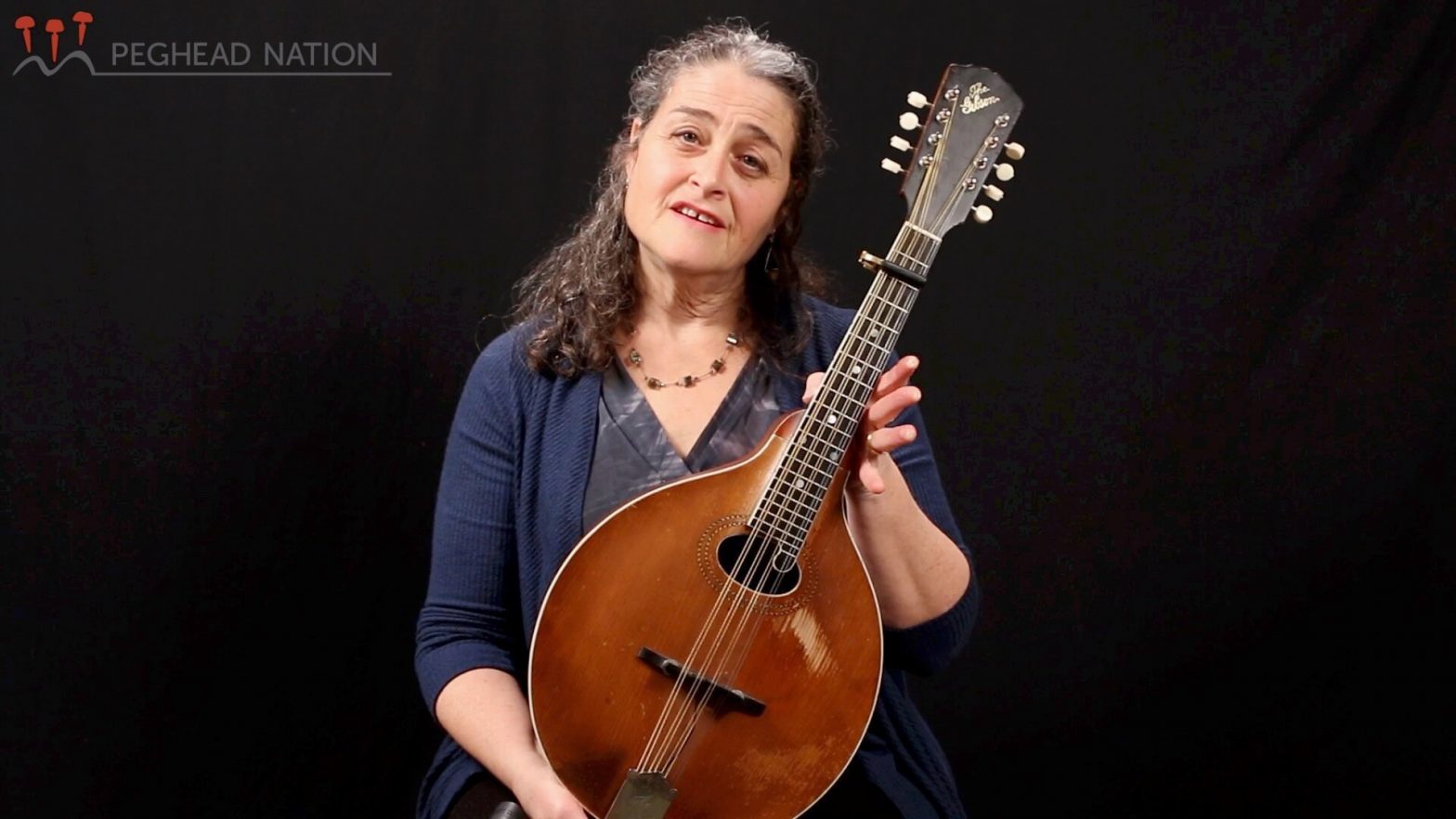 |
1914 Gibson H-1 Mandola Demo and Mini-LessonPeghead Nation Irish Mandolin instructor Marla Fibish demonstrates her vintage mandola and talks about her preferred tuning and some of the techniques and chord voicings she uses. Read More |



